The day started early in San Felipe this morning, and that’s a good thing because our hotel, the Costa Azul, has no room heaters. For most of the year I think that’s probably okay, but we are riding through a cold snap and it was chilly last night. It’s all part of the adventure.

Our first stop was at the San Felipe sculpted sign along the Malecon, and then it was on to breakfast at the Rice and Beans restaurant. San Felipe is empty this time of year, and the cold snap isn’t helping things. We were the only folks in the restaurant this morning.
After a great breakfast (thanks again, Jordan and Devin) we were on Highway 5 headed north. We encountered the first military checkpoint of the day about 30 miles up the road, where we were inspected by a very young and very heavily armed Mexican infantry soldier who pronounced us good to go, and shortly thereafter it was a quick turn onto Highway 3 for the ride across Baja.
That’s when the fun began. Jordan picked a good spot to use the drone, and he grabbed great footage of Devin and I riding through the desert. Then it was time for Devin to head into the soft stuff, and the digital cameras came out…
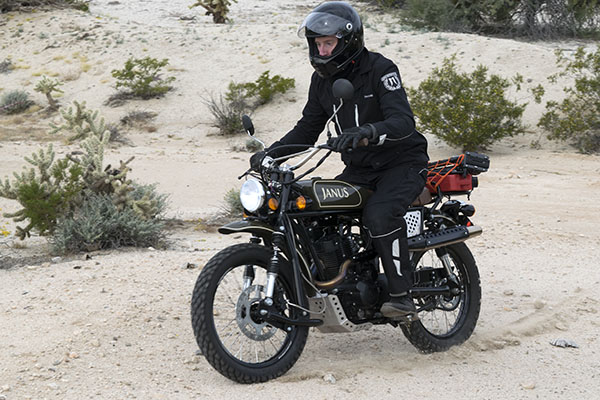
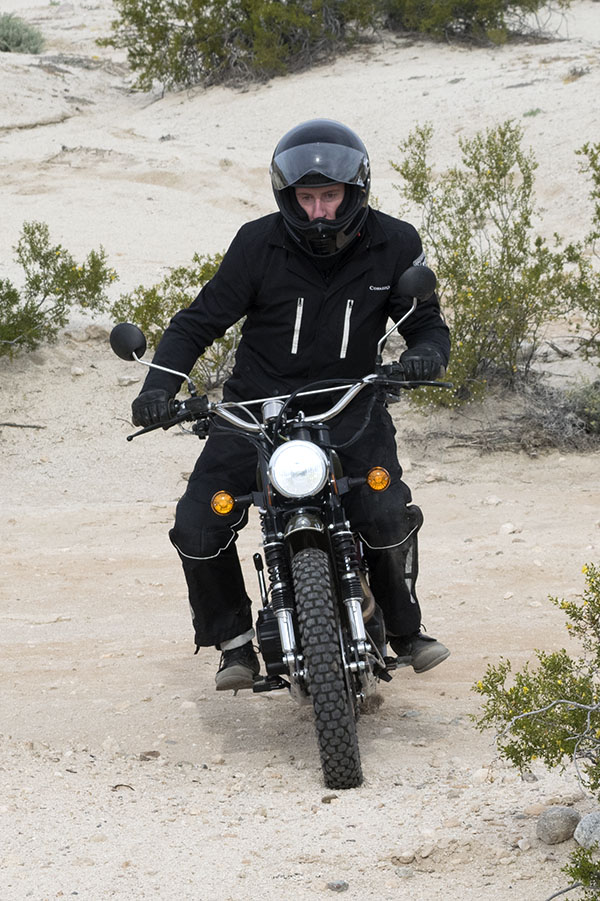
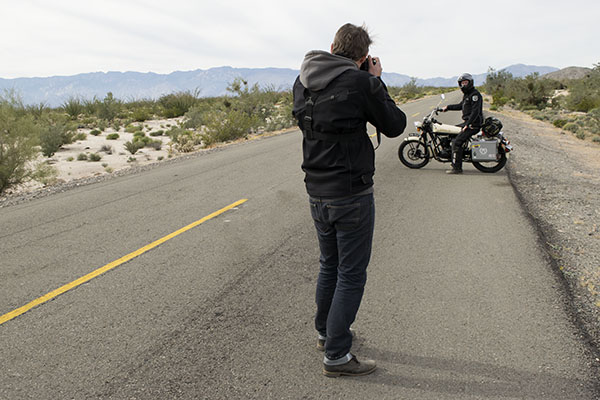
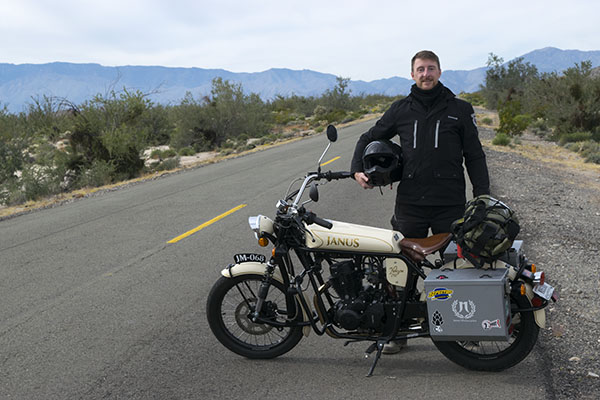
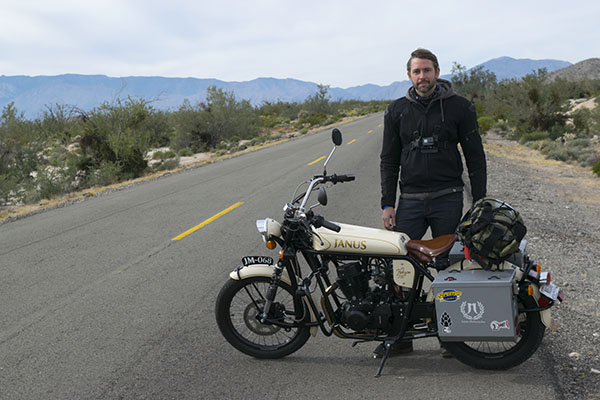
We continued our northwest journey across northern Baja, and we rolled into Ensenada sometime in the mid afternoon. While we were on the road, I grabbed some photos of the guys…
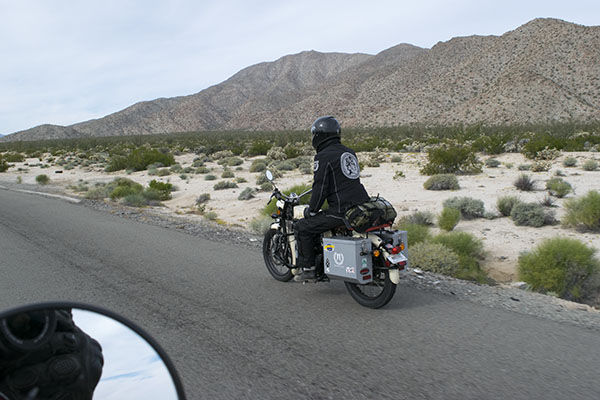

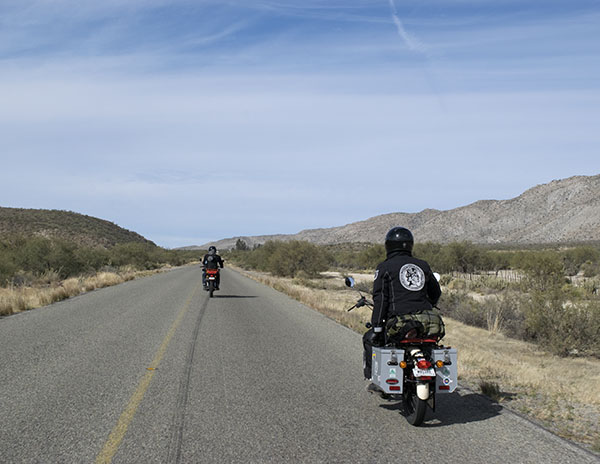
We had a great lunch at Veleros (one of my favorite spots), we rode through more Ensenada traffic, and then we were on Mexico Highway 1. That’s the famous Transpeninsular Highway that runs south all the way to Cabo San Lucas. Our direction today was north, though, and at El Sauzal we peeled off and took Highway 3 again (heading northeast this time) to Tecate.
We’re in Tecate tonight, and folks, it’s cold again. More good news: It’s supposed to rain tomorrow. But we’re having a good time. More to follow, my friends. Stay tuned!
Want to read the rest of the story? Please visit our Baja page for an index to all of the Janus Baja blog posts!

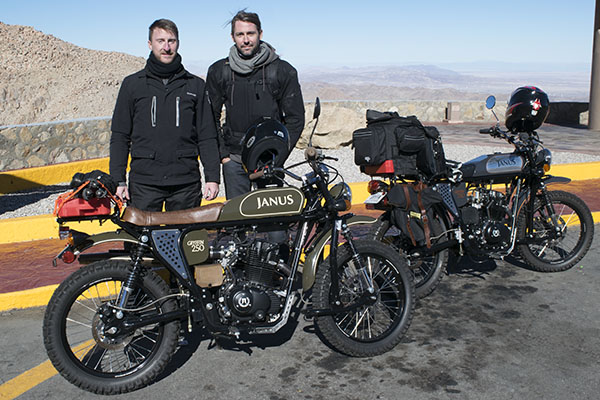
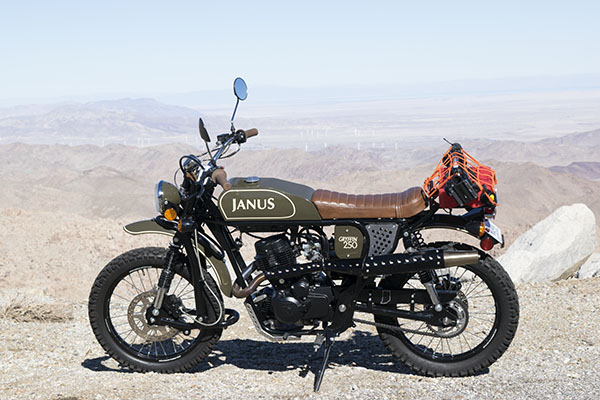
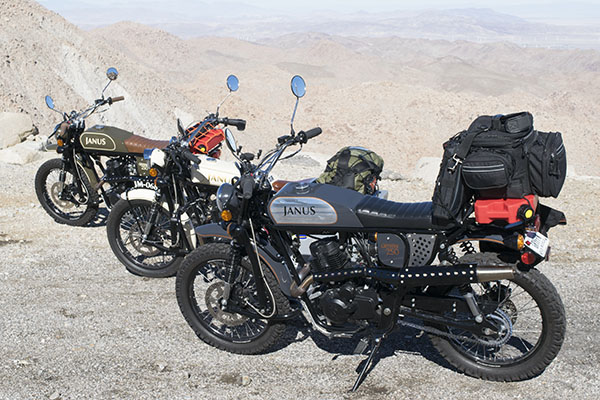






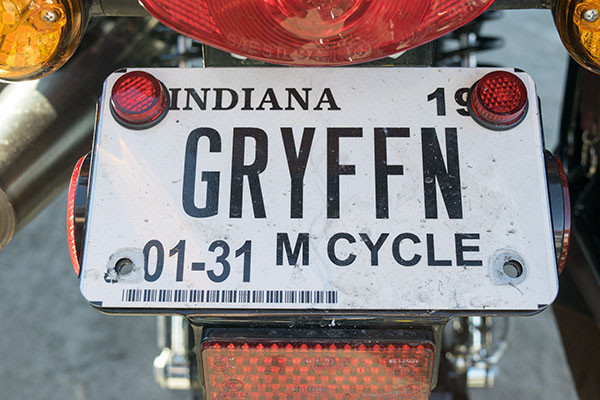



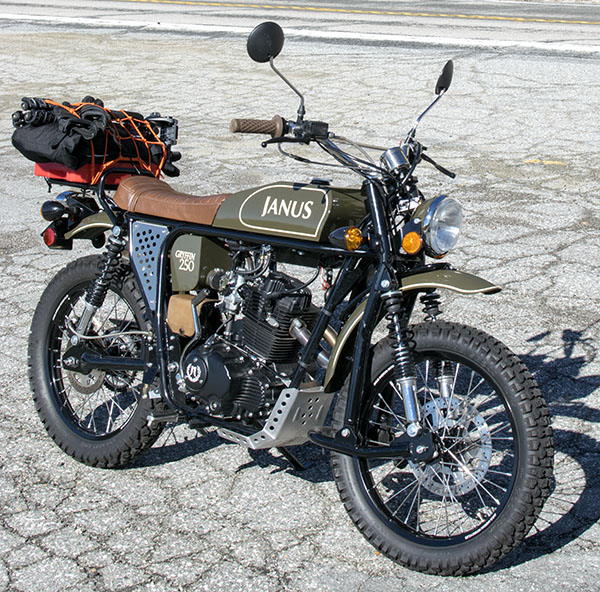


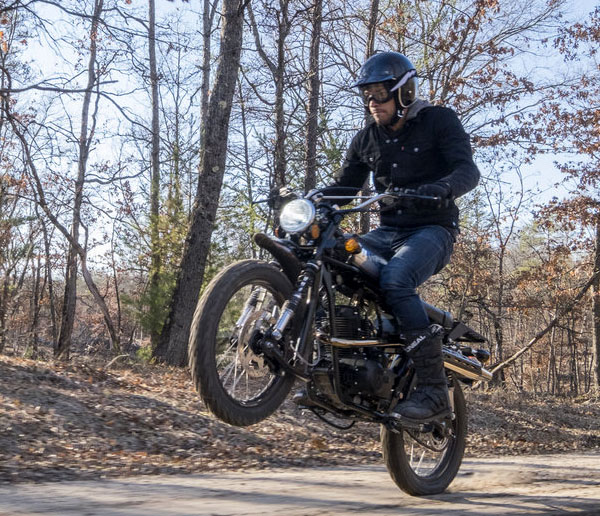

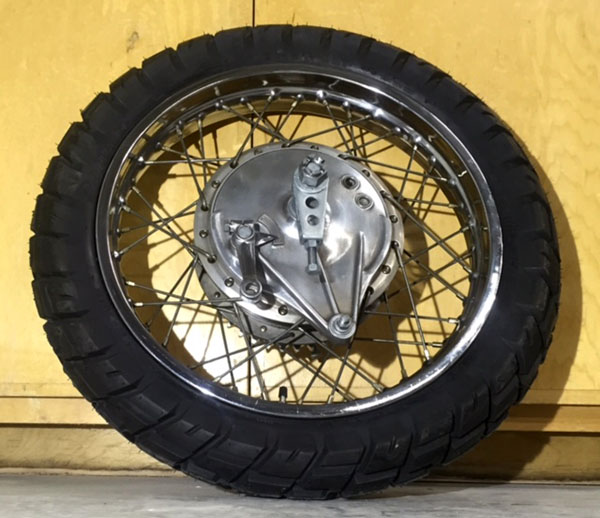
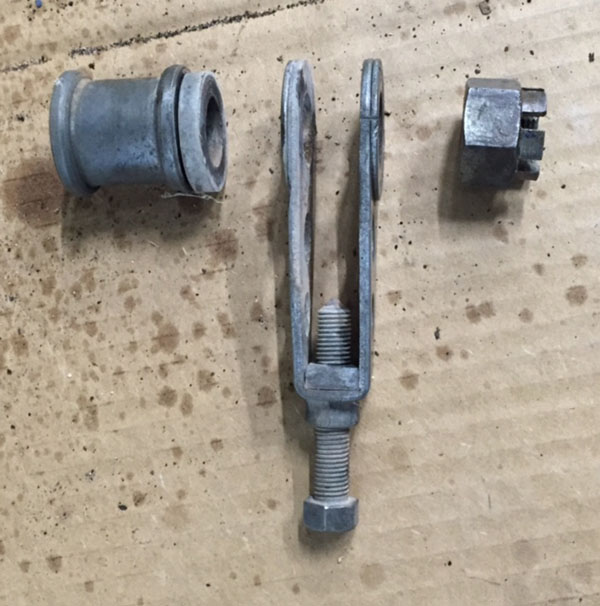 While I’m busting a new tire onto Zed I figured I might as well replace the rear wheel bearings. I could have cleaned them and re-greased them and if I was broke I would have.
While I’m busting a new tire onto Zed I figured I might as well replace the rear wheel bearings. I could have cleaned them and re-greased them and if I was broke I would have. 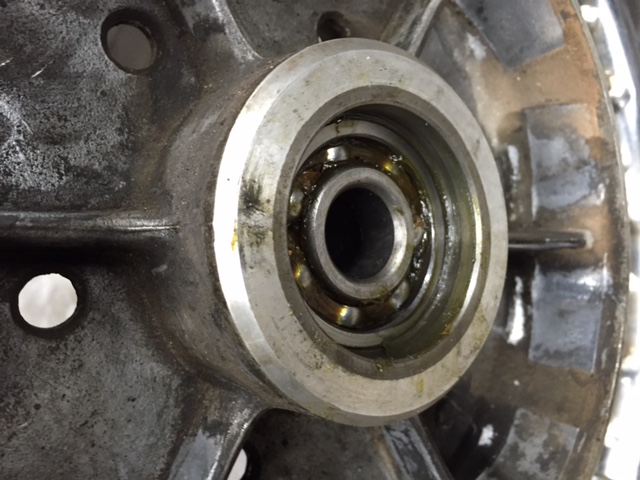 Kawasaki made a nice motorcycle when they built the Z1. Stuff like a brake shoe wear indicator was rare back in the 1970’s. Mama K even went to the trouble of recessing the brake shaft opening to fit a felt dust seal. That’s class, man. I’m not sure it does any good because the brake shoes generate more dust than you’d get kicked up from the street. Maybe it helps the shaft grease stay clean.
Kawasaki made a nice motorcycle when they built the Z1. Stuff like a brake shoe wear indicator was rare back in the 1970’s. Mama K even went to the trouble of recessing the brake shaft opening to fit a felt dust seal. That’s class, man. I’m not sure it does any good because the brake shoes generate more dust than you’d get kicked up from the street. Maybe it helps the shaft grease stay clean.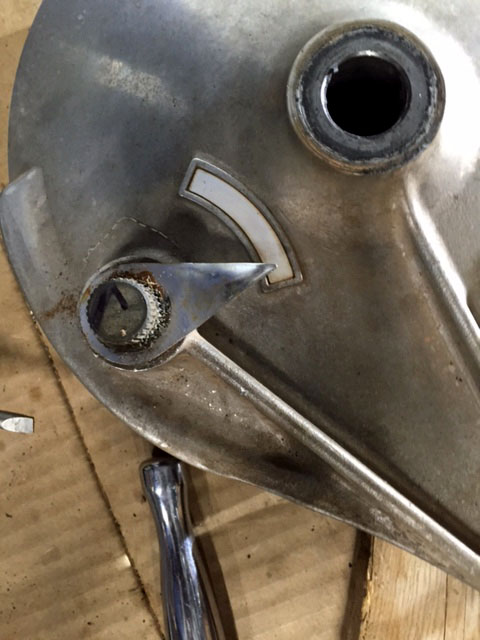 Kawasaki threw everything at the Z1. The sprocket carrier has its own bearing so that gives a total of three rear wheel bearings. Pretty sweet; I wish my Yamaha 360 had a better sprocket carrier design. The hub wears out and I have to feed spring-steel from a ¾-inch tape measure to take up the slack.
Kawasaki threw everything at the Z1. The sprocket carrier has its own bearing so that gives a total of three rear wheel bearings. Pretty sweet; I wish my Yamaha 360 had a better sprocket carrier design. The hub wears out and I have to feed spring-steel from a ¾-inch tape measure to take up the slack.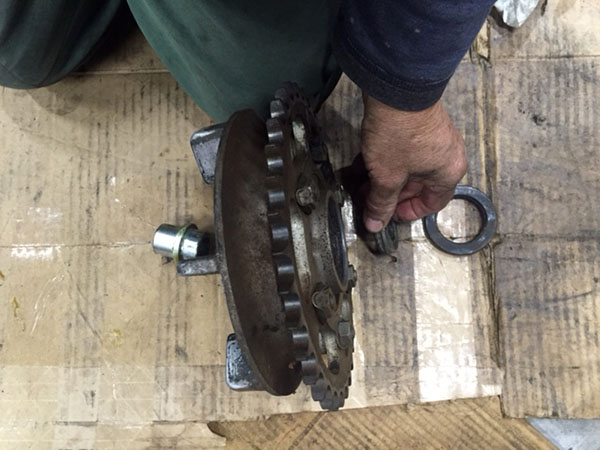 Part of the fun of working on motorcycles is setting up the exploded parts shot. I like to get all the parts clean before reassembly because they will never be cleaned again. Rear discs are mostly standard now but a husky rear drum like this will stop a bike just fine.
Part of the fun of working on motorcycles is setting up the exploded parts shot. I like to get all the parts clean before reassembly because they will never be cleaned again. Rear discs are mostly standard now but a husky rear drum like this will stop a bike just fine.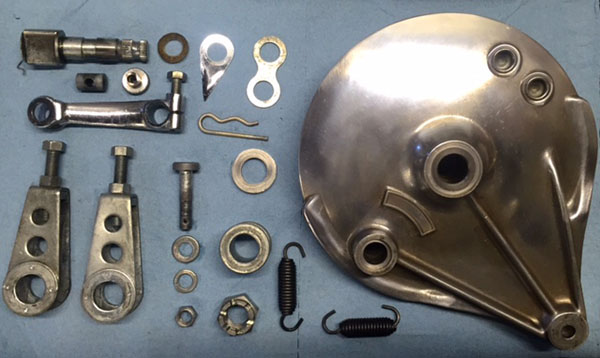 Changing tires is a lot of stress for me. If you don’t plan to use the tube or tire you can cut the work involved in half by cutting the old tire off. Use a razor, utility knife and lube the blade with a little oil. Then plunge in and pull the knife. Don’t saw at it. As you cut move around a little and you will find the thinnest part of the tire. Once you’re there, ride that sucker all the way around. After you do both sides the tread falls away leaving two beads. They pop off easy with no tire to create resistance and you can peel the remains off the rims without a tire iron.
Changing tires is a lot of stress for me. If you don’t plan to use the tube or tire you can cut the work involved in half by cutting the old tire off. Use a razor, utility knife and lube the blade with a little oil. Then plunge in and pull the knife. Don’t saw at it. As you cut move around a little and you will find the thinnest part of the tire. Once you’re there, ride that sucker all the way around. After you do both sides the tread falls away leaving two beads. They pop off easy with no tire to create resistance and you can peel the remains off the rims without a tire iron.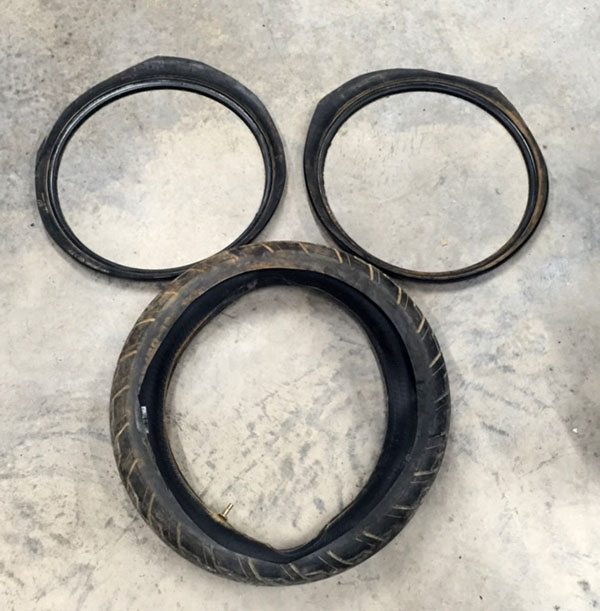 I removed the swingarm to check the bushings and lube the mess. Zed’s battery box is pretty rusty so I removed it to clean and paint the thing. I looked at the rear of the bike and decided there wasn’t much more to take everything off and give the rusty frame tubes a lick of paint. So I did.
I removed the swingarm to check the bushings and lube the mess. Zed’s battery box is pretty rusty so I removed it to clean and paint the thing. I looked at the rear of the bike and decided there wasn’t much more to take everything off and give the rusty frame tubes a lick of paint. So I did.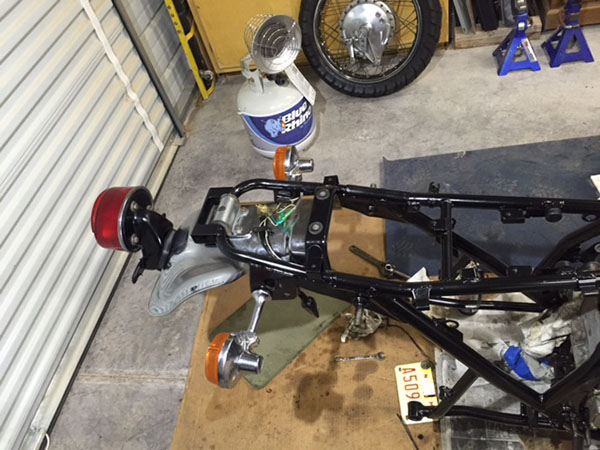 Reassembling the rear of the bike is going well and the
Reassembling the rear of the bike is going well and the 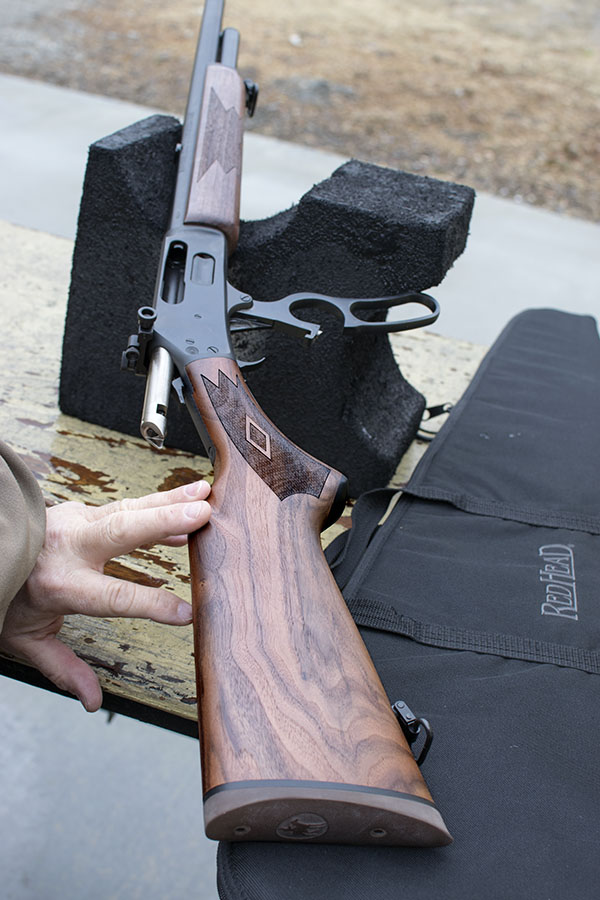
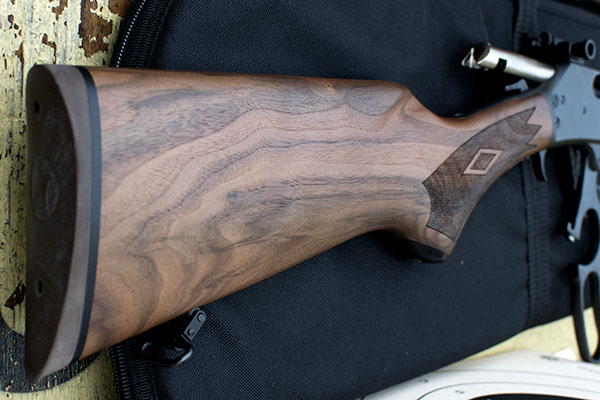
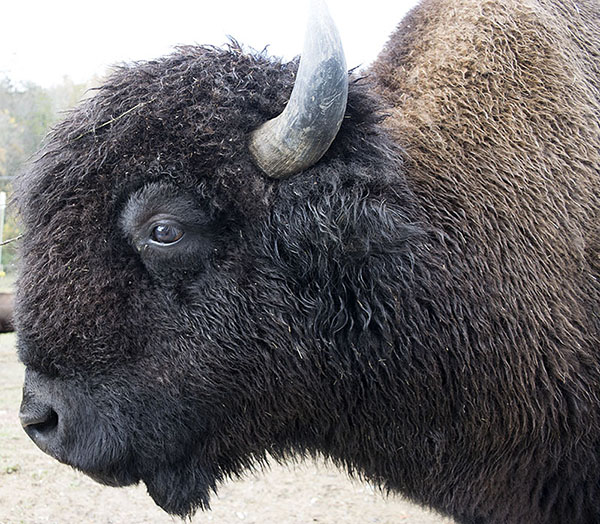
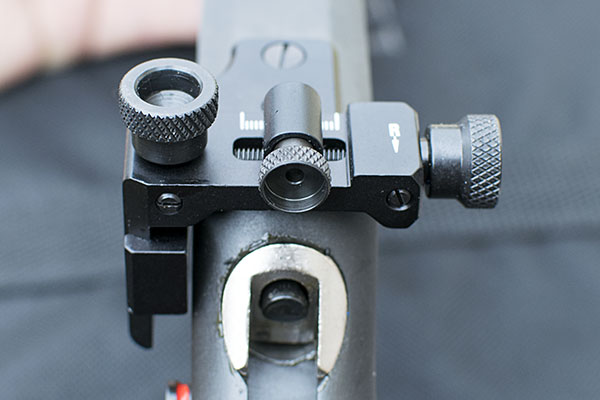

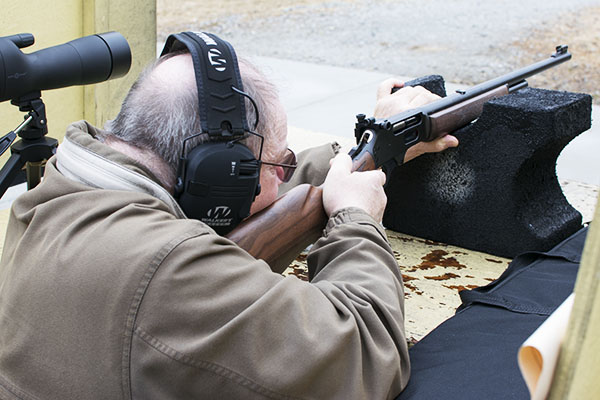
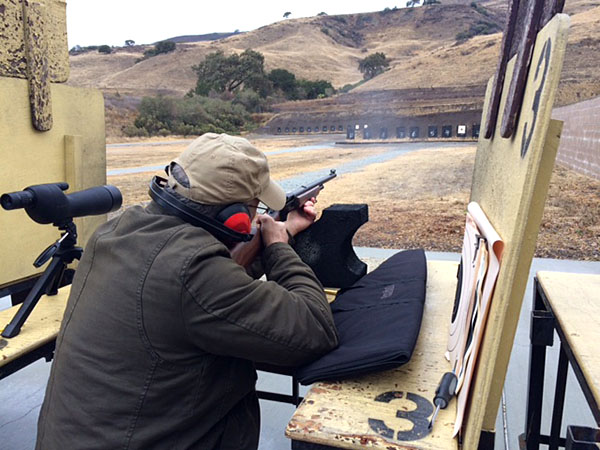
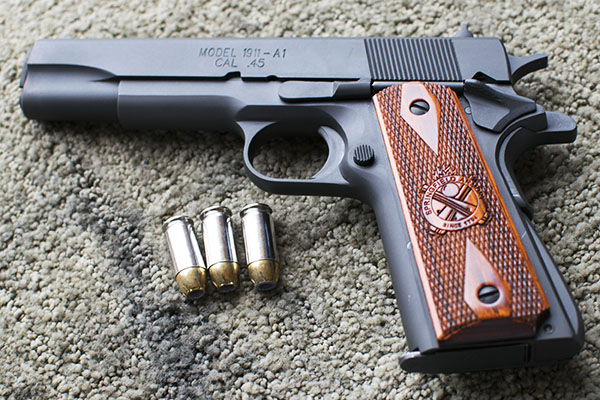
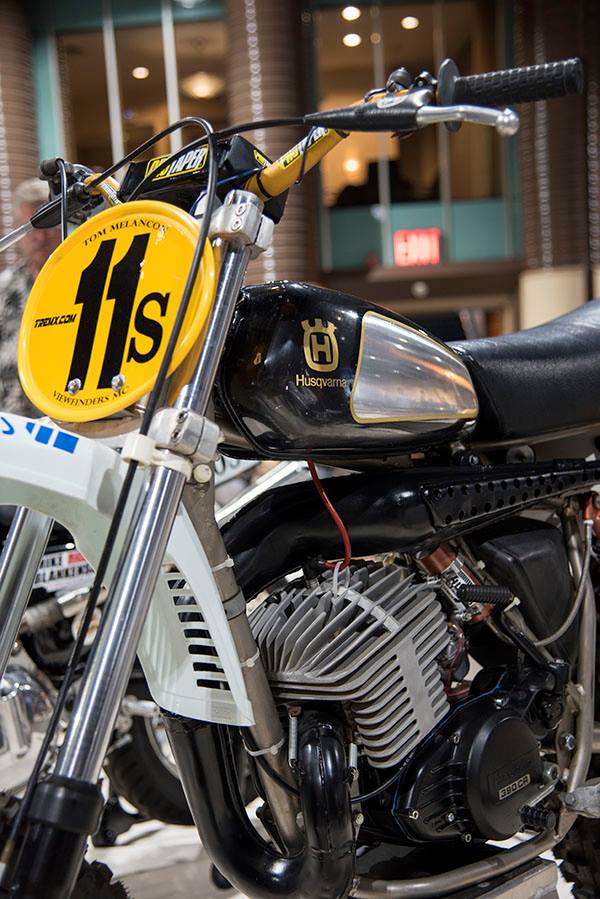
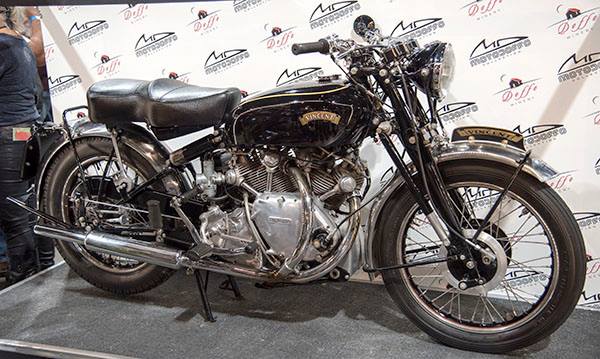
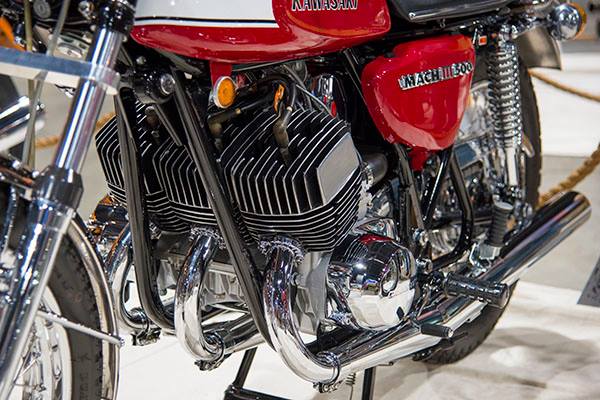
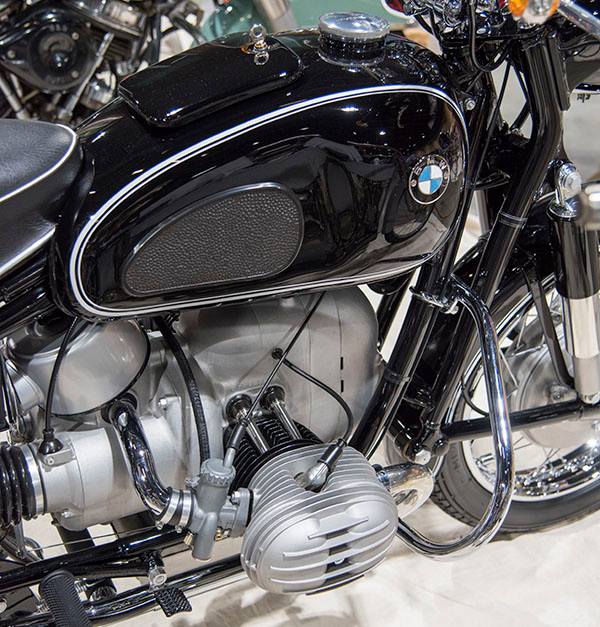
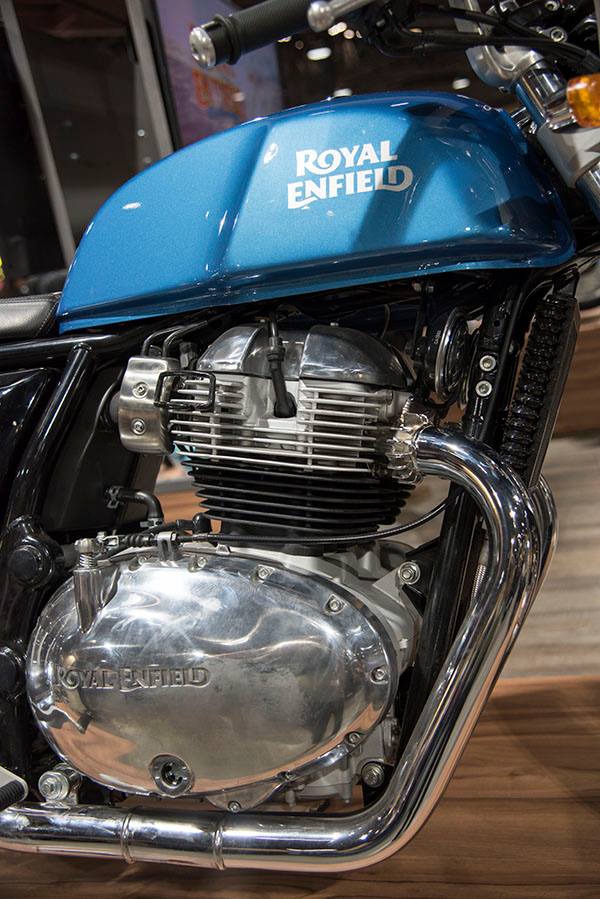
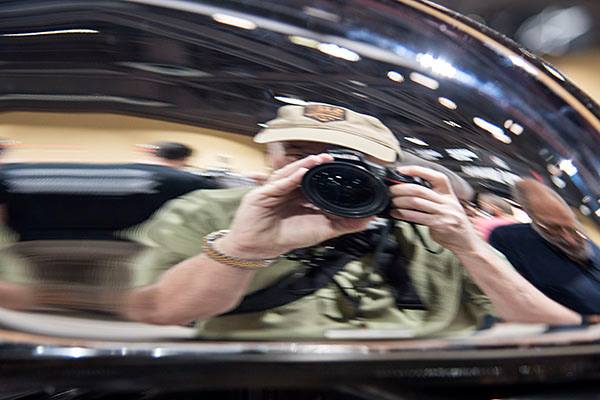
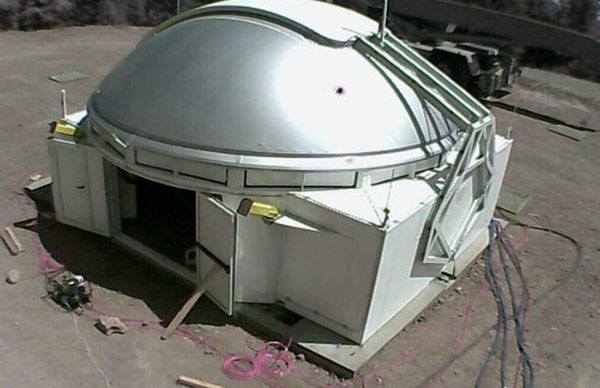 Water Canyon Road, west of Socorro, New Mexico is paved all the way to the Water Canyon Campground. The Campground is beautiful, wooded and self-serve: You put your fees into a pipe and pitch your tent. There are clean pit toilets and yodeling coyotes along with bear-proof trash cans. I’d like to hang out here but we are heading to The Magdalena Ridge Observatory.
Water Canyon Road, west of Socorro, New Mexico is paved all the way to the Water Canyon Campground. The Campground is beautiful, wooded and self-serve: You put your fees into a pipe and pitch your tent. There are clean pit toilets and yodeling coyotes along with bear-proof trash cans. I’d like to hang out here but we are heading to The Magdalena Ridge Observatory.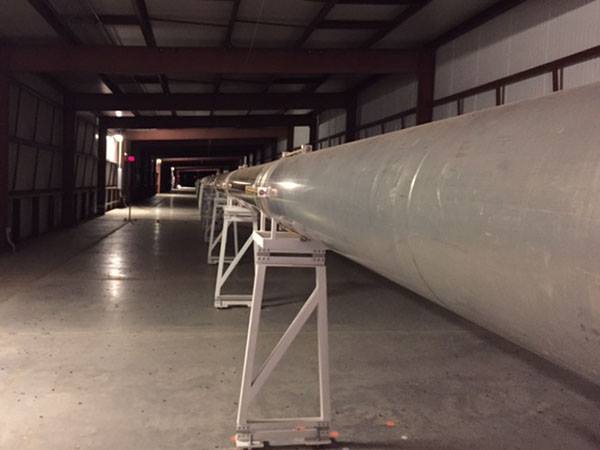
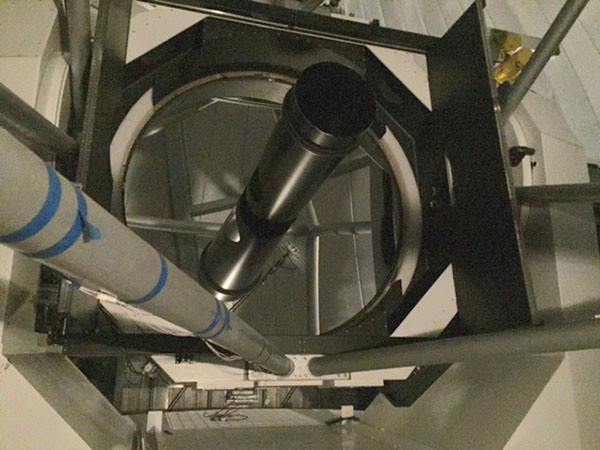
 The mirror at the MRO is an ex-Hubble part of which there were three built; one is inside Hubble floating around space, the other is at The National Air and Space Museum in Washington, DC.
The mirror at the MRO is an ex-Hubble part of which there were three built; one is inside Hubble floating around space, the other is at The National Air and Space Museum in Washington, DC.